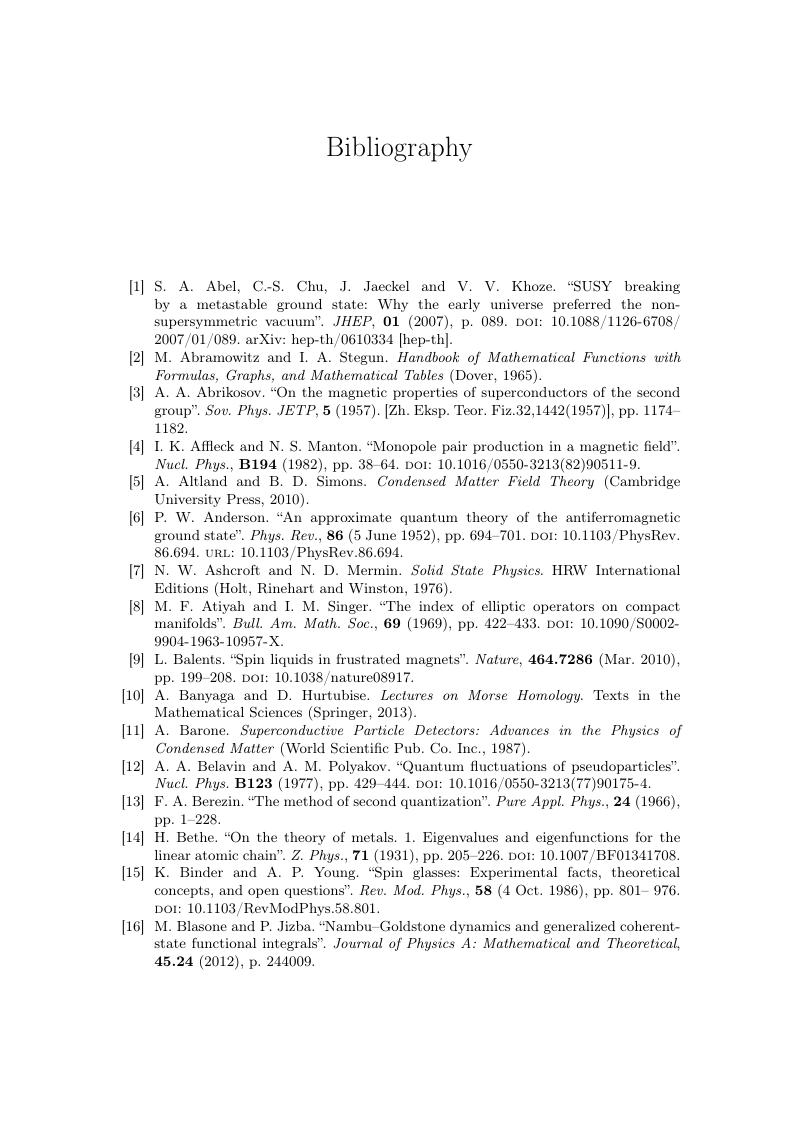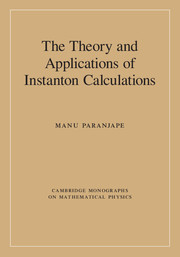Book contents
- Frontmatter
- Contents
- Preface
- 1 Introduction
- 2 Quantum Mechanics and the Path Integral
- 3 The Symmetric Double Well
- 4 Decay of a Meta-stable State
- 5 Quantum Field Theory and the Path Integral
- 6 Decay of the False Vacuum
- 7 Large Orders in Perturbation Theory
- 8 Quantum Electrodynamics in 1+1 Dimensions
- 9 The Polyakov Proof of Confinement
- 10 Monopole Pair Production
- 11 Quantum Chromodynamics (QCD)
- 12 Instantons, Supersymmetry and Morse Theory
- Appendix A An Aside on O(4)
- Appendix B Asymptotic Analysis
- Bibliography
- Index
- References
Bibliography
- Frontmatter
- Contents
- Preface
- 1 Introduction
- 2 Quantum Mechanics and the Path Integral
- 3 The Symmetric Double Well
- 4 Decay of a Meta-stable State
- 5 Quantum Field Theory and the Path Integral
- 6 Decay of the False Vacuum
- 7 Large Orders in Perturbation Theory
- 8 Quantum Electrodynamics in 1+1 Dimensions
- 9 The Polyakov Proof of Confinement
- 10 Monopole Pair Production
- 11 Quantum Chromodynamics (QCD)
- 12 Instantons, Supersymmetry and Morse Theory
- Appendix A An Aside on O(4)
- Appendix B Asymptotic Analysis
- Bibliography
- Index
- References
Summary

Information
- Type
- Chapter
- Information
- The Theory and Applications of Instanton Calculations , pp. 301 - 307Publisher: Cambridge University PressPrint publication year: 2017
